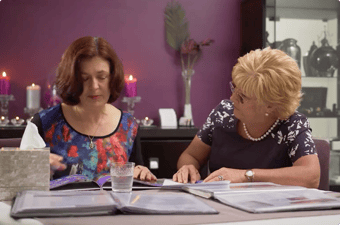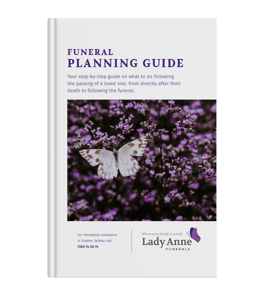With the long years of hard work behind you, retirement can be an exciting time. One of the challenges of this milestone is the difficulties of navigating the aged pension. Australia has a complex pension and superannuation system, and every part of the process can be daunting: from working out ‘how much aged pension will I get?’ to actually applying.
At Lady Anne Funerals, we’ve helped many older Australians with financial arrangements surrounding their retirement. From budgeting for your retirement, to writing a will, to exploring options for prepaid funerals Sydney, there are several steps you can take to prepare for your financial future post-retirement.
To help you through, here’s a guide to the basics of the Australian aged pension: how to apply, eligibility rules, and recent changes to the system.
The Australian aged pension: the basics
At present, to be eligible for the aged pension, you need to be an Australian resident, physically living in Australia, and at least 65 years of age. However, it is set for the pension age to increase gradually from 2017 onwards, until it reaches 67 years by 2023.
An income test and assets test are both applied to determine how much payment you’d receive. These also take into account whether you’re a single person or part of a couple.
Under the income test, your pension is reduced depending on how high your income is – whether that comes from your salary, or any rental properties or investments you may have. For every dollar you exceed the threshold, your pension would be reduced by 50c.
The value of your assets, such as your car, investments and household goods, also impacts your pension. But the family home or principle residence is excluded from the asset test. For every $1,000 by which you exceed the asset threshold, your payment will be reduced by $1.50.
In addition to the basic pension rate you may also receive supplements that aim to help with your utility costs, as well as a pension concession card. This entitles cardholders to lower medicine costs plus concessions on public transport, utilities and council rates, depending on their state and local government.
For those who continue working past the retirement age, hoping to semi-retire or receive the part pension, it’s a little more complicated. The income test will exclude the first $250 of income you earn per fortnight.
How and when to apply for the aged pension
While it’s wise to begin planning and preparing for your retirement well in advance, you can lodge a claim for the aged pension up to 13 weeks before you reach the age of eligibility, or register an intent to claim on the day you first qualify for the age pension.
Apply on the Australian Government’s Department of Human Services website or by lodging a form at your local Centrelink centre.
Recent updates and changes to the pension system
The 2015 budget introduced a number of changes, including a stricter assets test on the aged pension and an adjustment to the thresholds – meaning that those in the lower threshold will receive a larger pension while the wealthier will receive less.
From 1 January 2017, more Australians will be eligible for the full aged pension due to an increase in the assets test limit from $286,500 to $375,000 for couples and from $202,000 to $250,000 for singles.
Changes in last year’s budget also mean that in the future your pension may be reduced by $3 per fortnight for every $1,000 of assets you own over the full aged pension threshold, compared to its current rate of $1.50 per every $1,000 of assets.
Retirees at the upper limit of the aged pension will be affected by adjustments to the maximum limits, which will decrease from assets of $1,151,500 to $823,000 for couples and from $775,500 to $547,000 for single people.
Importantly, certain costs will be excluded from asset tests (in addition to ownership of the family home, which remains excluded). This includes funeral planning: individuals are allowed to prepay their funeral costs up to $12,000 without it being subject to an asset test.
As of January 2016, another change was introduced lessening the amount of income from defined benefits super schemes that can be exempted from the aged pension income test. This change has mainly affected those who worked in the public sector as former public servants, teachers, nurses, police officers and firefighters.
There is also discussion underway to make changes to the aged pension and superannuation system, especially around super tax breaks. Stay tuned.
How you can prepare for your retirement
One of the most important factors in your decision about when to retire is the amount of money you have saved in your superannuation, assets and investments alike. You should also talk to a financial planner or advisor well before you retire to help assess your individual situation.
It’s also important to consider ways to lessen the financial burden for you and your family wherever possible, both before and after you go on the pension. Pre-paying your funeral expenses, pre-purchasing a burial plot or investing in funeral bonds are some avenues you may like to explore.
According to current legislation, any money you pay for a prepaid funeral plan is not subject to the income test or asset test described above. This means that you can help ease the financial burden on your family when you pass by paying for your funeral in advance at a fixed cost in today’s prices, regardless of whether the funeral takes place within the next decade or well into the future.
At Lady Anne Funerals, we are happy to talk you through different options for a prepaid funeral and service that suits you. If you’d like to learn more about our prepaid funeral plans, get in contact with one of our experienced funeral directors today. For more advice on how to prepare for this important milestone, download our free retirement planning guide below.







